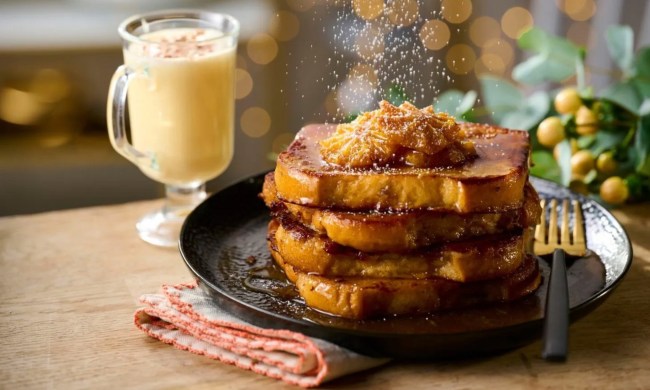If you’ve ever had a real cocktail, chances are you’ve tasted bitters. Hell, most of the cocktails we post contain bitters in them. Angostura, orange, even celery bitters, all of these are integral in bringing out other flavors in cocktails. You may even already have bottles of all of those on your shelf. Get ready, though, because you’re going to have to make room for a new one.
Zucca Rabarbaro, which has been around since 1845, is relaunching with its original recipe and a higher proof (bumping it up to 30% ABV), making it, let’s be completely honest here, harder, better, faster, stronger. First made by a homeopathic doctor in Italy for the wife of Ettore Zucca, Zucca was created—as most bitters were—to aid in digestion (where we get the term digestif from).
Related: You Have To Try These 6 Cachaças before the Rio Olympics
While you may recognize that zucca is the Italian word for squash, the base of this spirit is the root of the Chinese rhubarb, which only grows in the mountains of the Kansu province. The rhubarb is then blended with a variety of herbs that give Zucca Rabarbaro the curative powers that many flocked to the best cafés of Milan to indulge in when it was first created.
Taste-wise, the bitter flavor is balanced by a low-level sweetness that is consistent from first sip through the finish. The herbs linger on the palate long after you’ve swallowed the spirit, making it perfect as a digestif. It’s easy to see how the social elite of the early 1900’s indulged in this spirit. Originally served with a splash of club soda, an orange peel, or a drop of vanilla, Zucca has seen a resurgence in being used in takes on classic cocktails such as spritzes or negronis.
Related: SaloonBox Cocktail Kit: 3-Month Subscription



